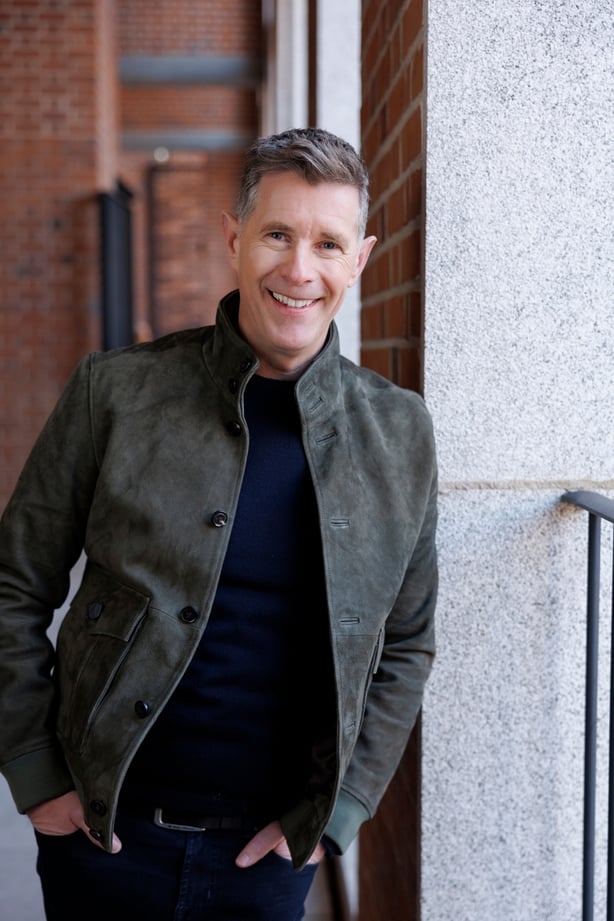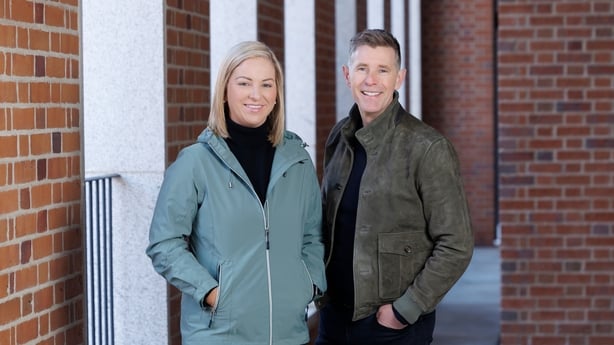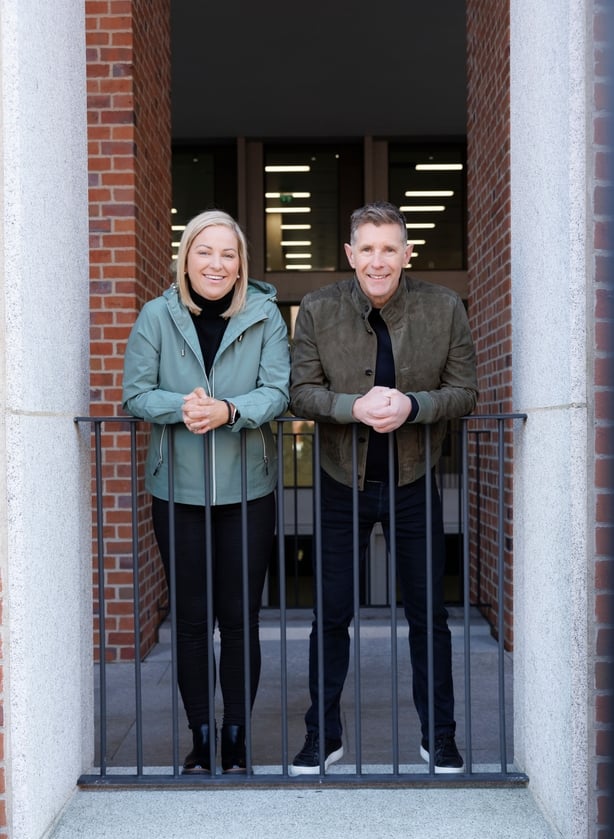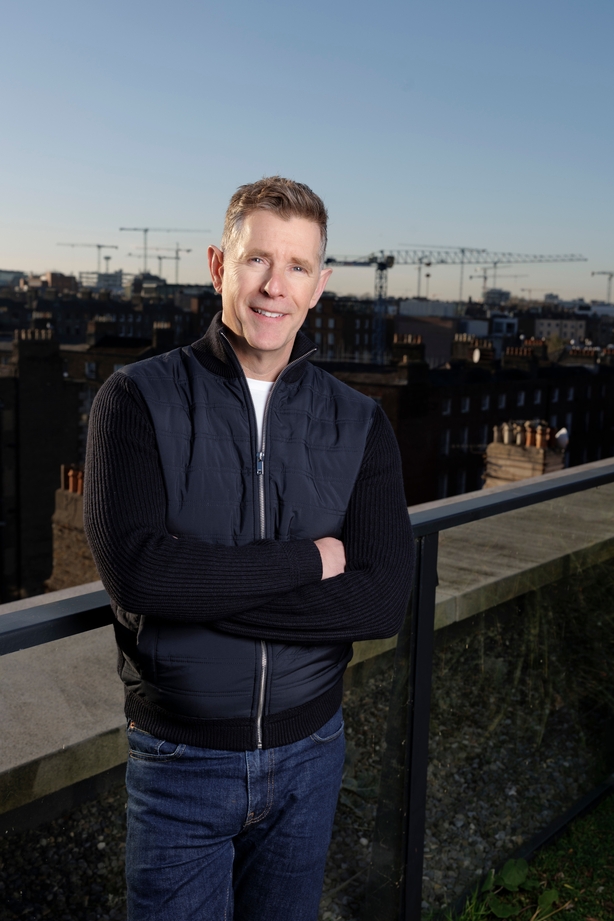Just two days before Room to Improve is set to return to screens (Sunday, 5 Jan, on RTÉ One), TV presenter Dermot Bannon calmly tells me that he hasn't quite finished all of the homes. Three out of four, in fact.
While that may sound panic-inducing to most, the architect says that 15 years of presenting the popular home renovation show have taught him to take the unwavering deadlines in his stride.
"Yeah, it's just manic, but you just have to put your head down - it's like doing your Leaving Cert every year," he laughs.
"Everything just gets delayed," he adds. "A month in building-terms is not that long so, eventually, [the show] becomes the deadline. To be fair to the builders, they're so invested in it, you don't have to get them motivated. It gets easier each week as each one goes out on air, the pressure gets less - it really is like doing your exams."

The 15th season of Room to Improve will follow Dermot Bannon and Quantity Surveyor Claire Irwin, as they work to create four new designs for four properties from around the country.
Ranging from a derelict butcher shop in Mayo, to a small flat in Dublin's city centre, the Malahide man says he wanted this season to shine a light on the day-to-day obstacles that people have to navigate in their homes.
By going deeper into the stories of the people involved, whether they're utilising grants to transform a derelict home, or stretching a small budget to create harmony in a busy household, he hopes to get to the heart of these every day issues.
"Every year I sit down and think: what is the story that I would like to tell? What do I think the biggest issues are for design and for homes and for people? We do try to change it up every year, and this year was about going deeper - how do people actually live and how can we tackle that?"

The first episode will introduce viewers to Karen Mulligan, a woman returning to her hometown of Charlestown in Co Mayo following 14 years of living abroad in London. Returning to Ireland, she hopes to completely transform a derelict building that was once used as her Dad's butcher shop.
"Living in a town or village has huge advantages," says Dermot, noting that, while it may be easier - and potentially cheaper - to build a new house on land further out, moving to the heart of a town encourages growth and community.
"The first episode is about derelict houses, but also the unused and derelict buildings in our towns and villages," he insists. "The more people who choose to live in the town, the more facilities the town will have. Karen was a huge advocate of that."

Looking towards a more typical situation, episode two will see a family of four searching for a bit of calm in their cramped 1970s semi-detached home.
Katie and Jason Rehill moved into their Palmerstown home with their two children in 2019. Five years later, their dream space turned into a damp, cold and cluttered house in need of a complete renovation.
"Their house really didn't work for them," says Dermot, explaining that Katie's version of relaxation involved sitting on a small chair, balancing a laptop on her knees and putting her headphones on to watch Love Island.
"It was about creating the different zones that a family house needs," he explains. "The head space, the heart space, and the working space.
"It's really easy to do an open plan space but, actually, that can be suffocating in other ways because you have nowhere to go and chill out by yourself."

"It was a real examination of contemporary Irish life," he adds. "I think life for the new Irish mammy is almost tougher because life and society expects you to do it all. We expect ourselves to do it all: to have a great job, cook amazing meals, to have dinner parties, to run around after kids, and to deliver them here, there and everywhere."
"It was really about what we can do with the average house and I think people, over the years, have loved watching those programmes because they can relate to it. What do you do with the ordinary house? The house that most of us live in? That's the real challenge."

